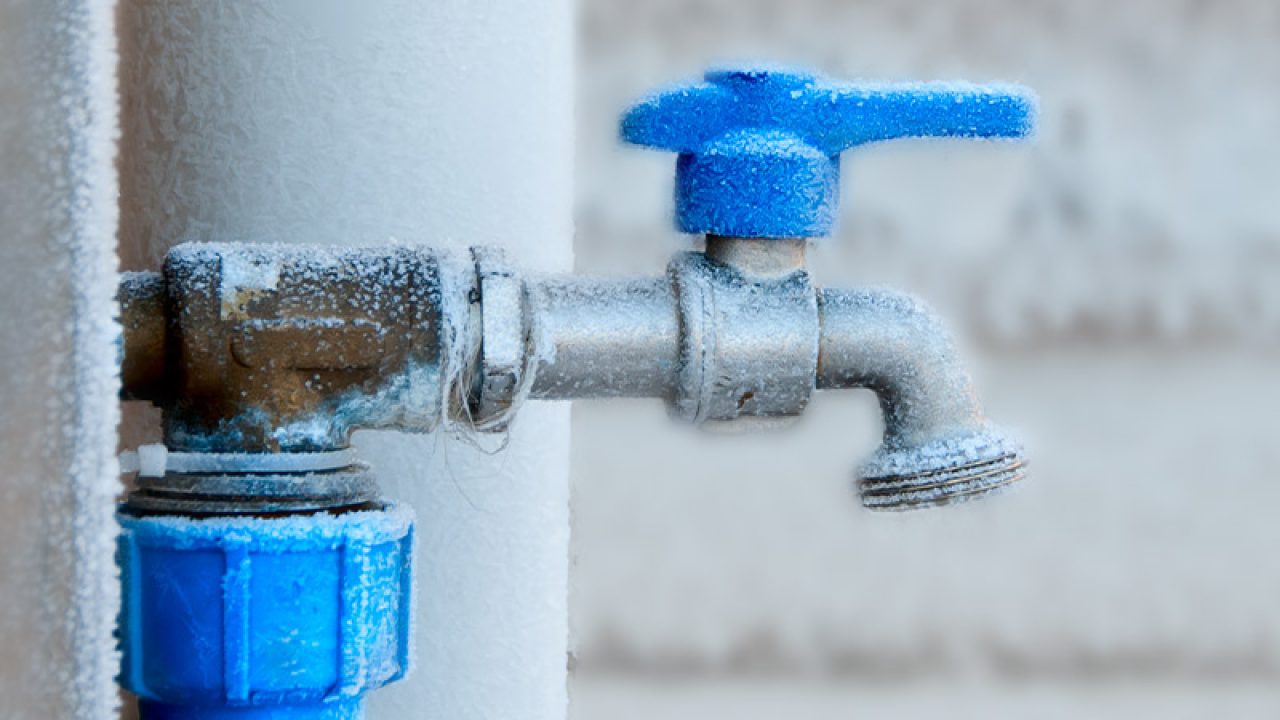We have stumbled upon this post relating to How To Avoid Freezing Pipes below on the web and believe it made perfect sense to talk about it with you over here.

Cold weather can ruin your plumbing, specifically by freezing pipelines. Below's how to avoid it from occurring and what to do if it does.
Intro
As temperature levels decline, the threat of frozen pipes increases, possibly bring about costly repair work and water damages. Recognizing how to stop icy pipelines is important for property owners in cool climates.
Understanding Icy Pipes
What causes pipelines to freeze?
Pipelines ice up when subjected to temperatures listed below 32 ° F (0 ° C) for prolonged durations. As water inside the pipes ices up, it broadens, taxing the pipeline wall surfaces and potentially creating them to burst.
Dangers and problems
Icy pipes can result in water system disruptions, building damage, and expensive repair work. Burst pipelines can flooding homes and trigger considerable architectural damage.
Indicators of Frozen Piping
Determining icy pipes early can avoid them from rupturing.
Exactly how to determine icy pipelines
Try to find reduced water flow from taps, uncommon odors or noises from pipes, and visible frost on subjected pipelines.
Prevention Tips
Shielding vulnerable pipes
Wrap pipelines in insulation sleeves or utilize warm tape to safeguard them from freezing temperatures. Focus on pipelines in unheated or exterior areas of the home.
Home heating methods
Keep interior spaces appropriately heated up, particularly locations with pipes. Open cupboard doors to allow cozy air to distribute around pipes under sinks.
Safeguarding Outdoor Plumbing
Yard tubes and outside taps
Disconnect and drain garden pipes before winter months. Set up frost-proof faucets or cover outdoor faucets with protected caps.
What to Do If Your Pipelines Freeze
Immediate actions to take
If you believe frozen pipelines, maintain taps available to alleviate pressure as the ice thaws. Utilize a hairdryer or towels taken in hot water to thaw pipelines slowly.
Long-Term Solutions
Structural adjustments
Think about rerouting pipes far from exterior walls or unheated locations. Add added insulation to attics, cellars, and crawl spaces.
Updating insulation
Purchase top quality insulation for pipes, attic rooms, and wall surfaces. Appropriate insulation aids maintain constant temperature levels and reduces the risk of frozen pipes.
Verdict
Protecting against frozen pipelines calls for aggressive steps and fast responses. By recognizing the causes, indicators, and safety nets, property owners can shield their pipes throughout winter.
5 Ways to Prevent Frozen Pipes
Drain Outdoor Faucets and Disconnect Hoses
First, close the shut-off valve that controls the flow of water in the pipe to your outdoor faucet. Then, head outside to disconnect and drain your hose and open the outdoor faucet to allow the water to completely drain out of the line. Turn off the faucet when done. Finally, head back to the shut-off valve and drain the remaining water inside the pipe into a bucket or container. Additionally, if you have a home irrigation system, you should consider hiring an expert to clear the system of water each year.
Insulate Pipes
One of the best and most cost-effective methods for preventing frozen water pipes is to wrap your pipes with insulation. This is especially important for areas in your home that aren’t exposed to heat, such as an attic. We suggest using foam sleeves, which can typically be found at your local hardware store.
Keep Heat Running at 65
Your pipes are located inside your walls, and the temperature there is much colder than the rest of the house. To prevent your pipes from freezing, The Insurance Information Institute suggests that you keep your home heated to at least 65 degrees, even when traveling. You may want to invest in smart devices that can keep an eye on the temperature in your home while you’re away.
Leave Water Dripping
Moving water — even a small trickle — can prevent ice from forming inside your pipes. When freezing temps are imminent, start a drip of water from all faucets that serve exposed pipes. Leaving a few faucets running will also help relieve pressure inside the pipes and help prevent a rupture if the water inside freezes.
Open Cupboard Doors
Warm your kitchen and bathroom pipes by opening cupboards and vanities. You should also leave your interior doors ajar to help warm air circulate evenly throughout your home.

Hopefully you liked our post on How to Prevent Your Pipes From Freezing. Thanks for taking time to browse our blog post. Do you know about somebody who is interested by the topic? Do not hesitate to share it. Thanks a lot for being here. Revisit us soon.
Call Today
Comments on “Tips to Safeguard Your Pipes from Cold Weather: Specialist Tips”